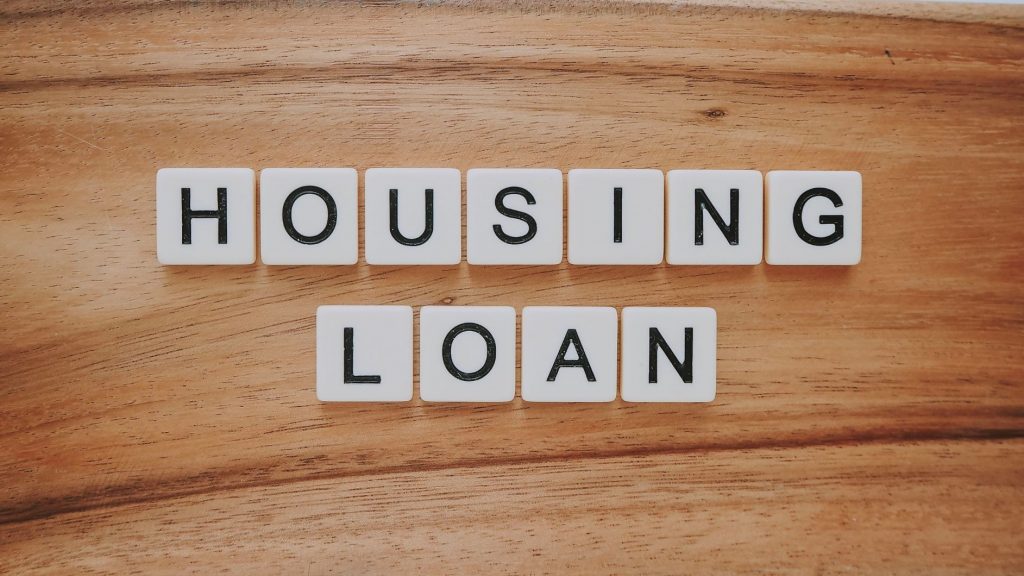
In my previous post we discussed the different types of mortgage lenders. In this post we will talk about the three types of loans first time home buyers typically choose between; Conventional, FHA or VA and the differences between the three.
While there are dozens of different mortgage products available to home buyers, first-time home buyers usually choose between one of these three options:
Conventional – As the name implies, a conventional loan is a “typical” loan that isn’t subsidized or backed by a government entity. Because of this, conventional loans generally (but not always) require a higher down payment, often as high as 20%. (Although, with exceptionally good credit and income, some buyers can get conventional financing with as little as 3% to 5% down). Conventional loans are used in about 60% of annual home sales in the U.S.
FHA – FHA Loans are insured by the Federal Housing Administration (a division of the U.S. Department of Housing and Urban Development). The FHA’s general purpose is to promote homeownership and stabilize the country’s housing and mortgage markets. FHA Loans typically require a 3.5% down payment, which is the big attraction over the 20% down payment often required for a conventional mortgage. FHA loans account for about 20% of all annual home sales in the U.S. (though they are much more common for first-time home buyers and account for about 35% of these sales).
VA – VA Loans are available to military members and veterans and are guaranteed by the U.S. Veteran’s Administration. VA loans do not require a down payment and can be obtained for up to 100% of the appraised value of a home. VA Loans account for about 10% of annual home sales in the U.S.
In addition to these three main types of loans, each one comes with different options (i.e. fixed versus variable rate), terms (i.e. 15 versus 30 years), and requirements.
For example, conventional loans with less than 20% down may require you to pay for Private Mortgage Insurance (PMI) until the loan-to-value ratio on your home is below 80%, and VA loans may require a VA Funding Fee of between 1.5% and 3.3%.
The good news is, most lenders offer all three types of loans and should walk you through the pros and cons of each before you make a decision. Be sure to ask your lender to explain your available loan types and options, and ask questions about the costs and benefits of each!
What a PITI – You may have seen a home online that you were interested in, along with a “mortgage estimate” showing an unbelievably low payment. That really low payment is usually just the principal and interest. But your monthly mortgage payment actually consists of four expenses: Principal, Interest, Taxes, and Insurance (referred to as “PITI”).
In addition to the principal and interest component that you agree to pay back to the mortgage company, your mortgage servicer will also collect a portion of your property taxes and homeowners/flood insurance each month, hold them in escrow, and pay them each year when they come due.
So, even if your mortgage principal and interest payment is only $600. You may have another $150 in insurance premiums and another $100 in taxes added every month, making your total monthly payment $850. Taxes and insurance costs can vary considerably from house to house, so make sure you factor them in when figuring out what you can afford!
Ready to start shopping? Don’t miss the next post in this series, where I discuss the different types of houses to purchase.
 Rob Reed is a REALTOR in St Petersburg, FL that specializes in working with first time home buyers.
Rob Reed is a REALTOR in St Petersburg, FL that specializes in working with first time home buyers.
Fill out the form below to contact Rob and get your free copy of his “Top 10 Tips for First Time Home Buyers”:

